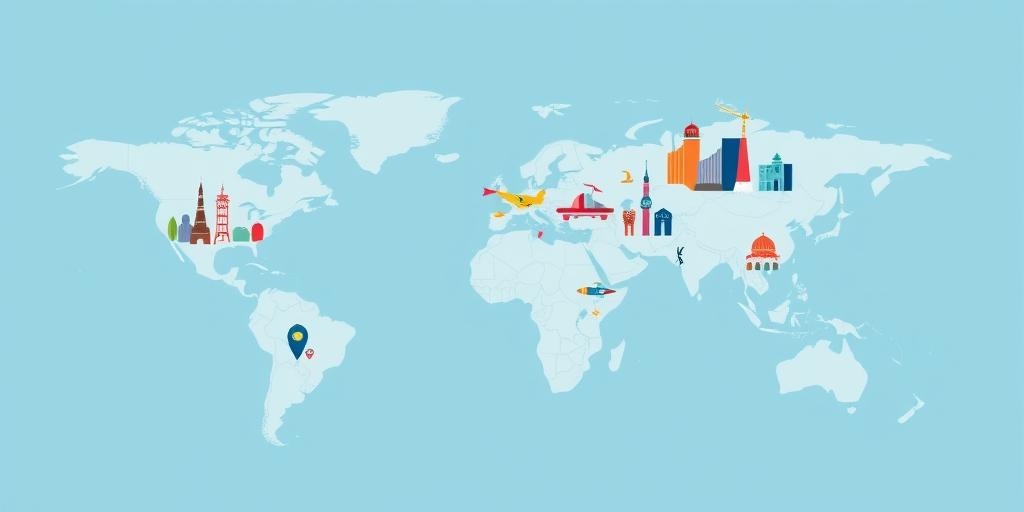The Economic Geography of Tourism
Tourism, a multifaceted and dynamic industry, significantly shapes the economic landscape of regions and nations. The economic geography of tourism examines the spatial distribution of tourism activities and their economic impacts. It explores how tourism development affects local economies, infrastructure, and environments.
Key Aspects of the Economic Geography of Tourism
- Spatial Distribution of Tourism Activities: Tourism is not uniformly distributed. Certain regions attract more tourists due to factors like natural beauty, historical sites, and cultural attractions. Understanding these spatial patterns is crucial for effective tourism planning.
- Economic Impacts: Tourism generates revenue, creates jobs, and stimulates investment. The economic geography of tourism studies how these benefits are distributed across different sectors and regions.
- Infrastructure Development: Tourism often drives the development of infrastructure such as airports, hotels, and transportation networks. These investments can have long-term economic benefits beyond the tourism sector.
- Environmental Considerations: Tourism can strain natural resources and ecosystems. Sustainable tourism practices aim to minimize these negative impacts while maximizing economic benefits.
- Regional Development: Tourism can be a catalyst for regional development, particularly in rural or underdeveloped areas. It can diversify local economies and improve living standards.
Factors Influencing the Economic Geography of Tourism
- Natural Resources: Landscapes, climate, and biodiversity are primary attractions.
- Cultural and Historical Assets: Heritage sites, museums, and cultural events draw visitors.
- Accessibility: Transportation infrastructure plays a vital role in attracting tourists.
- Policy and Planning: Government policies and tourism planning influence development.
- Marketing and Branding: Destination marketing affects tourist perceptions and choices.
Challenges and Opportunities
Tourism faces challenges like seasonality, economic leakage (revenue leaving the local economy), and environmental degradation. However, it also presents opportunities for sustainable development, diversification, and inclusive growth.
Conclusion
The economic geography of tourism provides a framework for understanding the complex interactions between tourism, space, and economic development. By analyzing these relationships, policymakers and stakeholders can make informed decisions to promote sustainable and equitable tourism growth.









